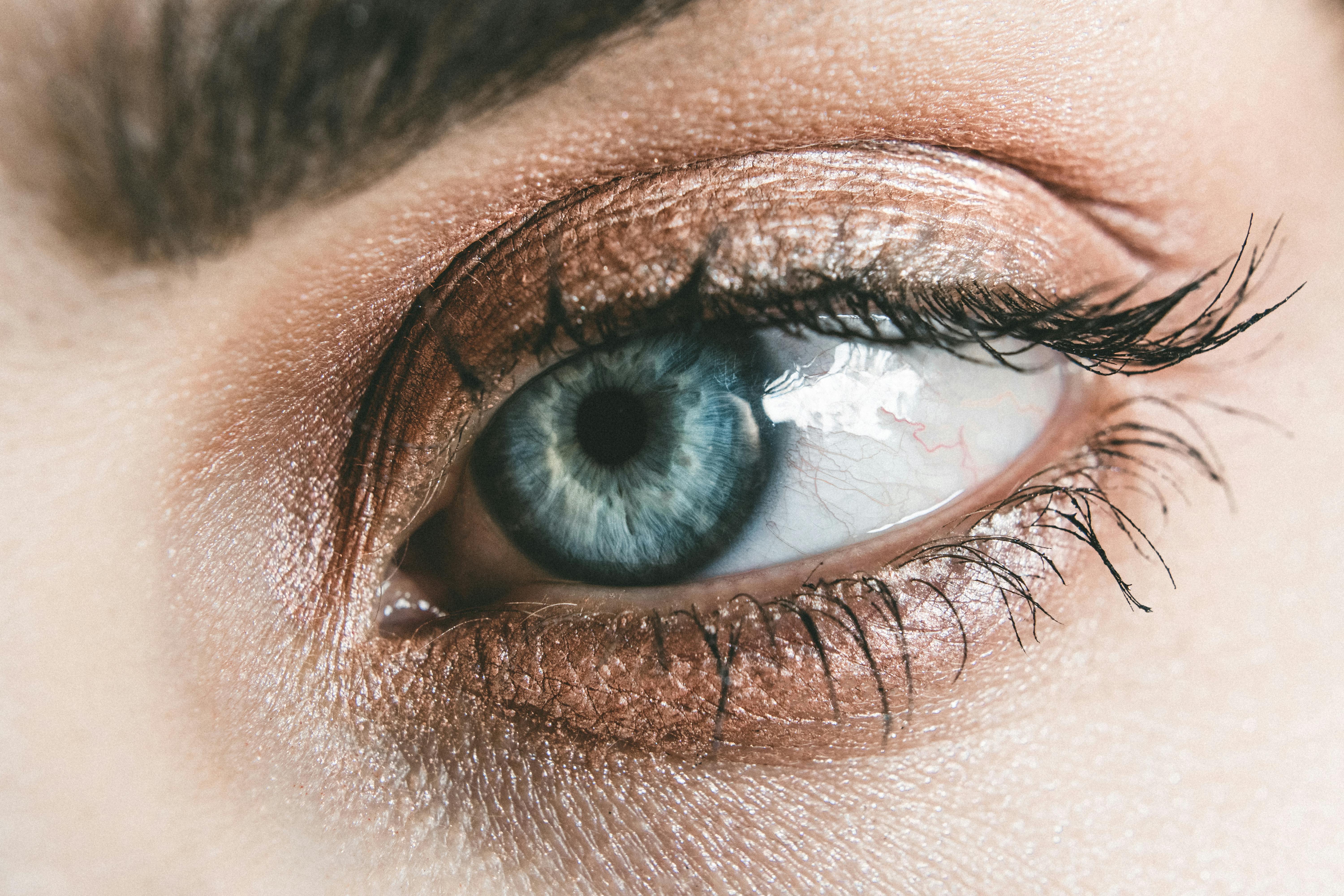Demystifying Eye Bags: Causes and Effective Treatments
The human eye has been a subject of fascination and study for centuries. Ancient Egyptians wore dark kohl around their eyes, not just for beautification, but also to protect their eyes from the harsh desert sun and sand. Moving through the centuries, the focus of eye care has shifted. Today, in our sleep-deprived, screen-intensive world, one of the most common concerns is under-eye bags.

Historically, eye bags were perceived as a sign of wisdom and experience. In many traditional societies, they were associated with age and wisdom. However, in today’s world, they are often considered a nuisance, a sign of fatigue, or an indicator of poor health. As our understanding of skin health has evolved, we have begun to decode the science behind these shadows under our eyes, leading to a range of advanced treatments that promise to banish them for good.
Unraveling the Causes of Eye Bags
Eye bags form due to multiple reasons. Primarily, they are caused by the weakening of the muscles and tissues surrounding your eyes. As we age, these tissues lose their elasticity, causing the skin to sag and form a pouch-like appearance. This sagging skin can sometimes retain fluid, leading to puffiness.
Other factors that contribute to eye bags include genetic predisposition, poor sleep, excessive salt intake, smoking, and alcohol. Chronic allergies can also lead to under-eye puffiness as they cause inflammation and swelling. It’s important to understand the cause of your eye bags in order to devise an effective treatment strategy.
The Impact of Eye Bags on Perception
Eye bags can have a significant impact on the perception of age and health. Studies have shown that people with prominent under-eye bags are often perceived to be older, more tired, and less healthy than they actually are. This can have a knock-on effect on self-esteem and mental health.
In an era where appearance often translates to personal and professional success, the demand for treatments that can eliminate eye bags has skyrocketed. This has fueled a surge of innovation in cosmetic treatments, leading to the development of a myriad of solutions, ranging from topical creams to surgical options.
Trends in Eye Bag Treatments
Recent trends in eye bag treatments have veered towards non-surgical, minimally invasive methods. Topical creams, gels, and serums enriched with active ingredients like retinol, hyaluronic acid, and peptides have shown promising results in reducing the appearance of eye bags. These ingredients work by promoting skin cell turnover and boosting collagen production, thereby firming up the skin around the eyes.
In-office treatments such as dermal fillers, radiofrequency therapy, and laser resurfacing have also gained popularity. These treatments work by stimulating collagen production, reducing excess fat, or redistributing fat in the under-eye area.
The Reception and Effectiveness of Different Treatments
The reception of these treatments varies widely. Topical products are generally well-received due to their affordability and non-invasive nature. However, their effectiveness is often limited, and results take time to manifest.
In-office treatments, on the other hand, offer more immediate and noticeable results. However, they come with higher costs and potential side effects, making some individuals hesitant to opt for these procedures.
Surgical options such as blepharoplasty (eyelid surgery) provide the most dramatic results, but they also carry the risks associated with any surgical procedure. The recovery period can be lengthy, and there is a chance of scarring or other complications.
A Balanced Approach to Treating Eye Bags
In conclusion, there is no one-size-fits-all solution for treating eye bags. It’s important to understand the root cause of your eye bags and consult with a healthcare professional or dermatologist to devise a personalized treatment plan. Lifestyle modifications like getting enough sleep, reducing salt intake, and maintaining good hydration can also go a long way in managing under-eye bags.
While the quest for the perfect solution continues, it’s essential to remember that beauty is more than skin deep. Eye bags or not, each individual’s uniqueness is what truly makes them beautiful.




